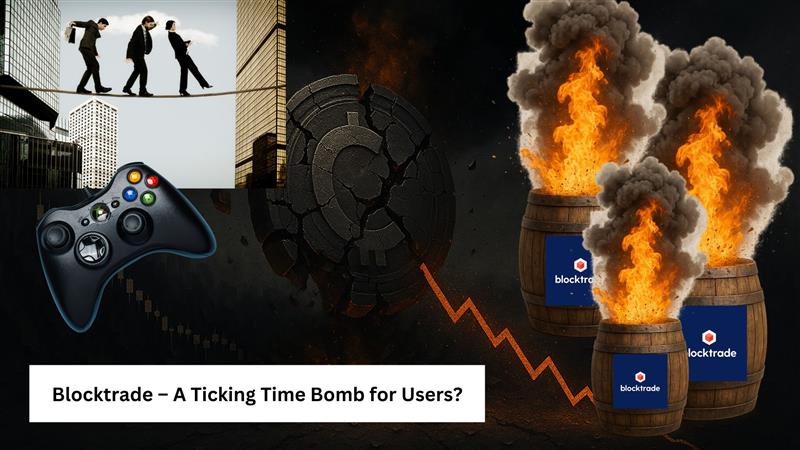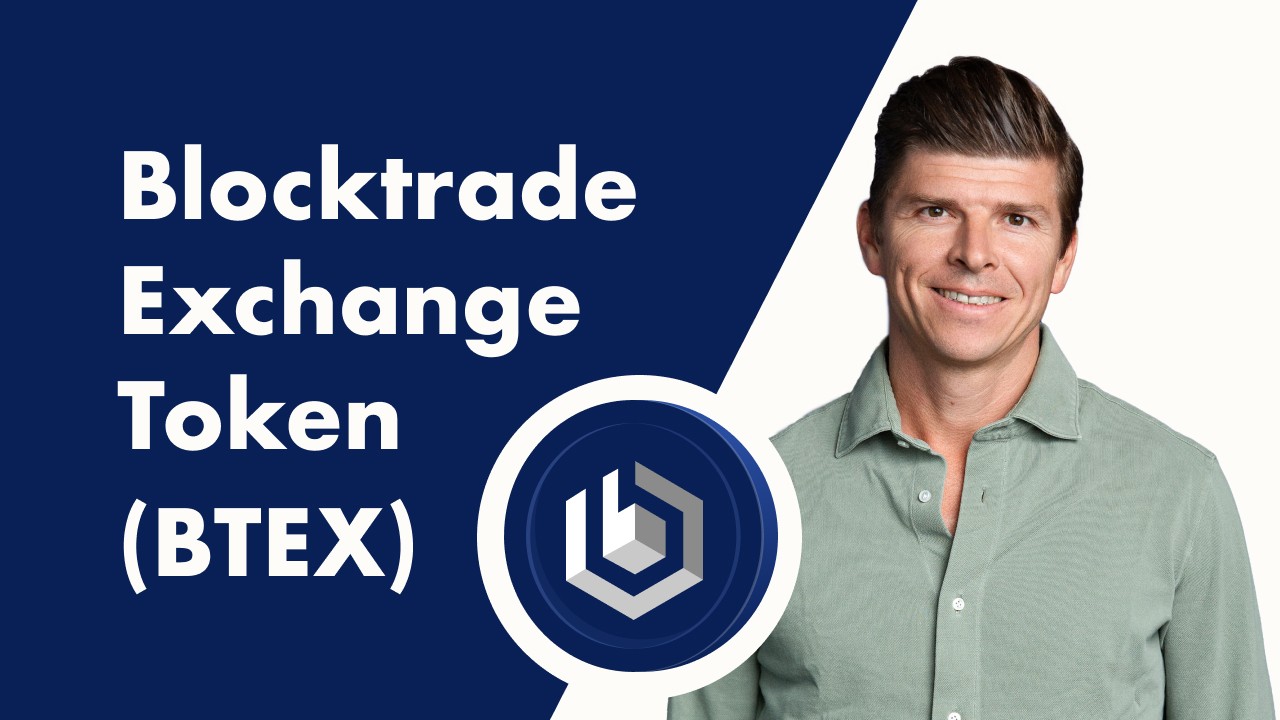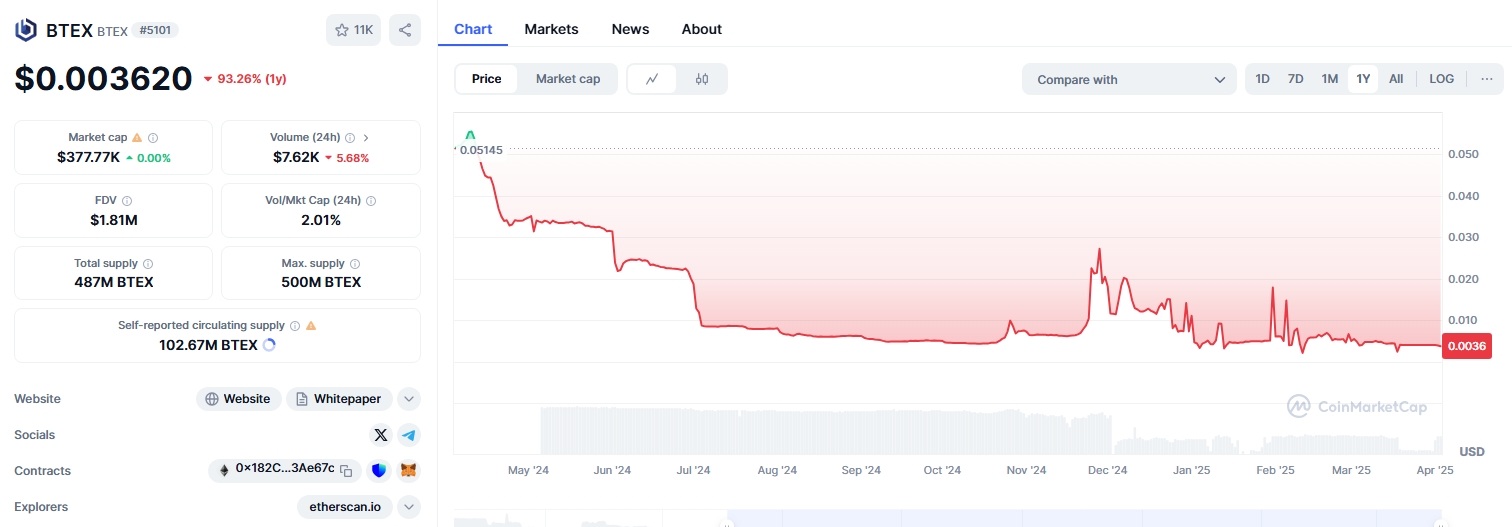Blocktrade SA: Gamification, crypto dreams – and a powder keg for investors?
From the outside, Blocktrade SA looks like the next big thing in the European crypto market: a gamified trading platform, planned crypto payments in retail, an expansion towards Nasdaq. But a closer look reveals a company with shaky finances, a strategy that has changed several times and a questionable exit perspective, a case study in grand visions with crumbling foundations.
Financial tightrope walk
Blocktrade has been posting losses in the millions for years. According to the audited 2022 financial statements, the deficit totalled around 9.8 million euros. Liquid funds were insufficient to cover short-term liabilities – a classic warning sign for the ability to continue as a going concern. Only through repeated funding rounds – including a tokenised capital raise via its own BTEX token – was the company able to stay afloat. But even internal investor documents warn bluntly: the company’s future depends on the inflow of further funds – and a total loss is possible.
Strategy changes every year
Since its foundation in 2018, Blocktrade has reinvented its identity several times: from a security token pioneer to a gamified crypto exchange, and now, under new Estonian leadership, to a self-proclaimed ‘financial hub’ for digital assets, payments and crypto credit cards. The platform is expected to provide over 100,000 shops with crypto payments in the future, an ambitious goal for a company that has not yet even become profitable. The in-house BTEX token, once sold as a central community building block, has now also been discontinued. Investors are betting on a company that changes its strategy more often than others change their logos.
Regulated uncertainty
Blocktrade is registered as a Virtual Asset Service Provider (VASP) in several EU countries, but regulatory pressure is growing. The upcoming EU MiCA regulation could become a showdown: anyone who is not fully compliant by 2025 risks their business model. The company claims to be prepared, but smaller crypto providers have recently failed in droves due to the tightened requirements. If Blocktrade loses its licences, the project would effectively be over.
No market leader – no market share
While Blocktrade dreams of the future, players like Binance, Coinbase and Bitpanda continue to dominate the business. Blocktrade does not provide any reliable data on user numbers or trading volumes. The plan to set itself apart from the competition through ‘gamification’ is unlikely to convince institutional investors; rather, it seems more like an attempt to generate volume through gaming incentives rather than market performance.
IPO fantasies – or a castle in the air? A breakthrough is expected to come in 2025/26 with an IPO on the Nasdaq, which would also enable investors to exit. However, the shares (Class B) are currently not liquid and have no voting rights. It is more than questionable whether the IPO will be successful.
And even if it is: a IPO out of necessity (to raise capital) rarely leads to sustainable value creation. The dependency on the capital market environment makes the whole thing a risky bet.
Conclusion: more PR than performance
Blocktrade SA presents itself as the future of crypto in Europe, but in reality it is a highly risky company with unstable financing, an uncertain business model and dubious exit prospects. Anyone who invests here should not dream of long-term returns, but should be prepared to accept a total loss scenario.
Anyone hoping to be on the right side of the crypto revolution with Blocktrade could end up being no more than a spectator to a well-staged failure.
Note: As always, those affected are welcome to comment on this, or if someone has more or different information, they are welcome to share it with us. We are not interested in making false claims and our primary goal remains to provide complete documentation.





Leave a Reply
Want to join the discussion?Feel free to contribute!